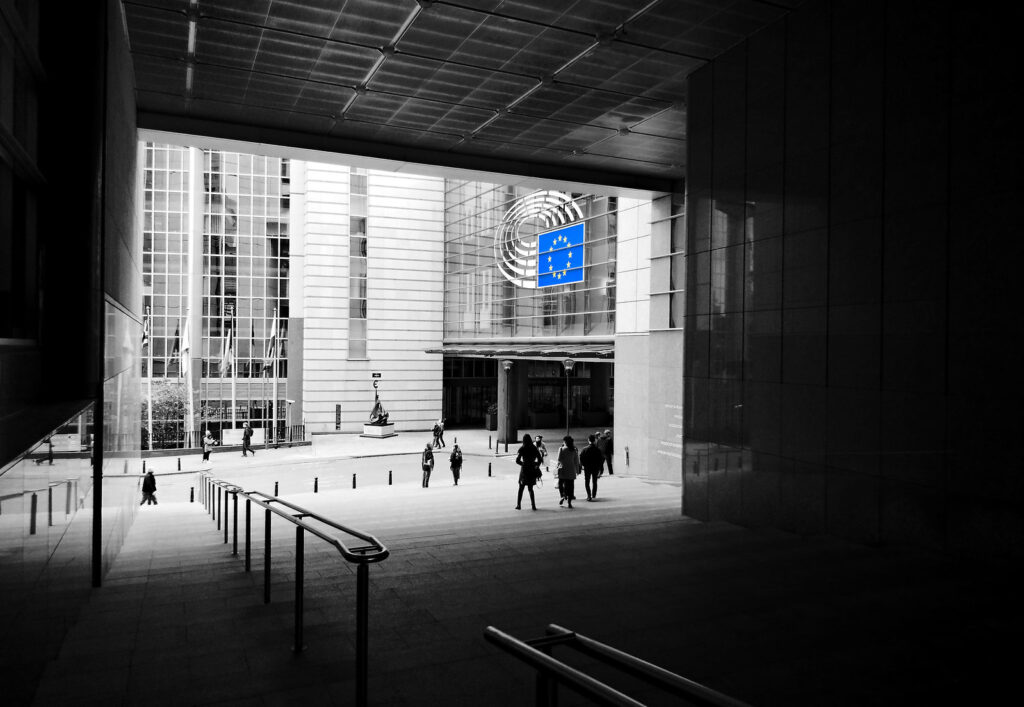Global S&T Development Trend Analysis Platform of Resources and Environment
| Milking the EU’s carbon market cash cow for industry | |
| admin | |
| 2022-04-01 | |
| 发布年 | 2022 |
| 语种 | 英语 |
| 国家 | 国际 |
| 领域 | 气候变化 |
| 正文(英文) |  Rather than propose amendments to the EU’s Emissions Trading System that would take the heat off the climate and serve society, European parliamentarians are squabbling over the quantity of freebies to offer polluting industries.The process of revamping the EU’s Emissions Trading System is in full swing. Members of the European Parliament’s Environment Committee have tabled over 1700 amendments to the European Commission’s proposal. MEPs will now discuss these suggestions and vote upon them on 16 May 2022. Looking at the list of amendments it is already clear to see which aspects EU policymakers have focused on. About 25 amendments deal with the ”Union-wide quantity of allowances”, also known as the cap on emission allowances, which imposes a gradually declining ceiling on the number of pollution permits the EU ETS issues. This is where the allowable carbon budgets that ought to help the EU to achieve its 2030 climate target are outlined. In contrast, almost 10 times as many amendments have been proposed to the rules for handing out free emission allowances to industry. This imbalance suggests that climate targets and environmental ambition have not been a top priority for many MEPs. Yet again the issue of free pollution subsidies will dominate the policymaking discussions. This is very concerning as the vast majority of amendments proposed would, in fact, increase free emission allowances handed out to industry, to the detriment of meaningful climate action. Paying the polluterCarbon Market Watch has documented extensively why these free emission allowances are a serious problem. Not only do they undermine the ability of the EU ETS to push down the emissions of highly polluting industries, they also pay the polluters instead of making them pay. For example, in the decade between 2008 and 2019, major polluting sectors like steel, cement and chemicals reaped over €50 billion in windfall profits from the EU ETS, according to an analysis commissioned by Carbon Market Watch. Moreover, the European Commission’s original proposal to reform the EU ETS already contained provisions for some 5 billion free emissions permits, worth around €300 billion, free pollution subsidies that would continue at least until 2030. For large industrial polluters this is still not enough. A lot of ideas are presented by industry lobbyists to beef up the number of free emission allowances. One tactic for doing so has been to undermine the proposal to establish a European Carbon Border Adjustment Mechanism (CBAM), which was intended to replace free emission allowances under the EU ETS with a levy on the carbon content of imports. Certain MEPs now seek to delay the CBAM, wish to keep parallel free emission allowances in place, or propose to return these free emission allowances to industry should the CBAM “fail”. Notably, the European People’s Party (EPP), the largest and oldest political group at the parliament, proposes to create an extra reserve with free allowances to protect against alleged “carbon leakage”. Another way of creating more free pollution permits is to oppose the application of the so-called Cross-Sectoral Correction Factor (CSCF), which is meant to distribute evenly among sectors reductions in free allowances when the calculated number of requested free allowances exceeds the maximum number available. The CSCF has been applied since 2013 and reduced the free allocations to industry on average by 12% between 2013 and 2020. The cross sectoral correction factor is crucial to maintaining the fixed share of 57% of emission allowances that must be paid for. A dire free for allIn the EU ETS as it currently stands, an extra 3% of free emission allowances is reserved to be removed from the auction pot in order to avoid the application of the CSCF. Some MEPs want to increase that even further or remove the CSCF completely. Scrapping the CSCF would enable heavy polluters to receive as many free allowances as they want for as long as they would like. This amounts to setting no climate target anymore for heavy industries in the EU. Finally, creative new ways are being dreamt up to upgrade the free pollution subsidy cash machine for industry further. Many MEPS have proposed ways to weaken the updates of ETS product benchmarks defining the levels of free emission allowances per sector. And while the Commission had proposed to make 25% of free emission allowances conditional on investments in energy savings, a lot of MEPs want to see no strings attached to the free pollution subsidies. All in all, this paints a pretty dire picture. If the pace of emission reductions achieved under the EU ETS is sacrificed to protect industry from making the necessary adjustments to how they operate, it will set up the ETS reform process for failure. The reality is that continuing to pollute for free in the middle of a climate crisis is unacceptable. Responsible policymakers cannot hide any more behind seemingly technical details which in reality undermine the principle that polluters must pay. |
| URL | 查看原文 |
| 来源平台 | Carbon Market Watch |
| 文献类型 | 新闻 |
| 条目标识符 | http://119.78.100.173/C666/handle/2XK7JSWQ/350301 |
| 专题 | 气候变化 |
| 推荐引用方式 GB/T 7714 | admin. Milking the EU’s carbon market cash cow for industry. 2022. |
| 条目包含的文件 | 条目无相关文件。 | |||||
| 个性服务 |
| 推荐该条目 |
| 保存到收藏夹 |
| 查看访问统计 |
| 导出为Endnote文件 |
| 谷歌学术 |
| 谷歌学术中相似的文章 |
| [admin]的文章 |
| 百度学术 |
| 百度学术中相似的文章 |
| [admin]的文章 |
| 必应学术 |
| 必应学术中相似的文章 |
| [admin]的文章 |
| 相关权益政策 |
| 暂无数据 |
| 收藏/分享 |
除非特别说明,本系统中所有内容都受版权保护,并保留所有权利。
修改评论